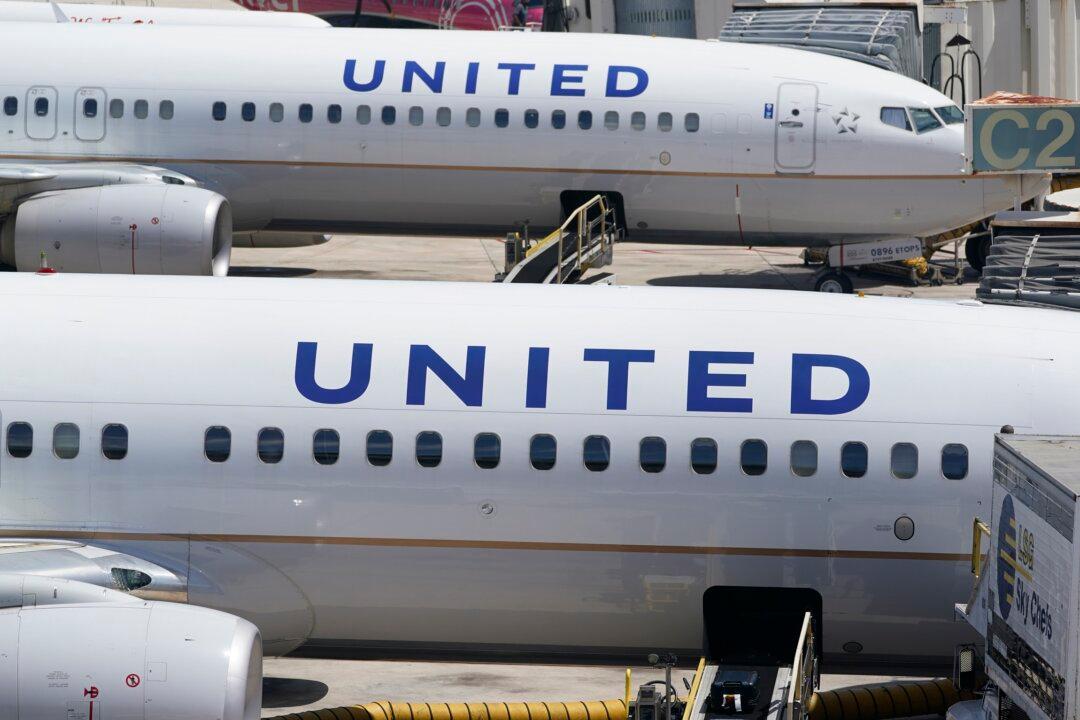As technology in commercial aviation advances, experts see a double-edged sword: With more airline operations being handled in the digital space, the likelihood of damaging cyberattacks also increases.
And with artificial intelligence (AI) set to revolutionize the industry, cybersecurity professionals are urging caution on its rollout.





